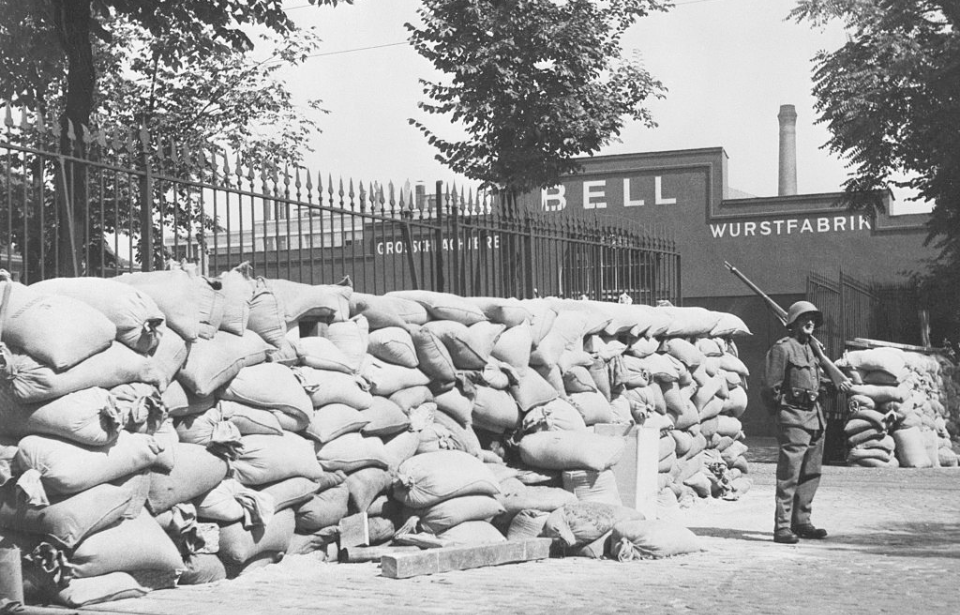History of Swiss neutrality
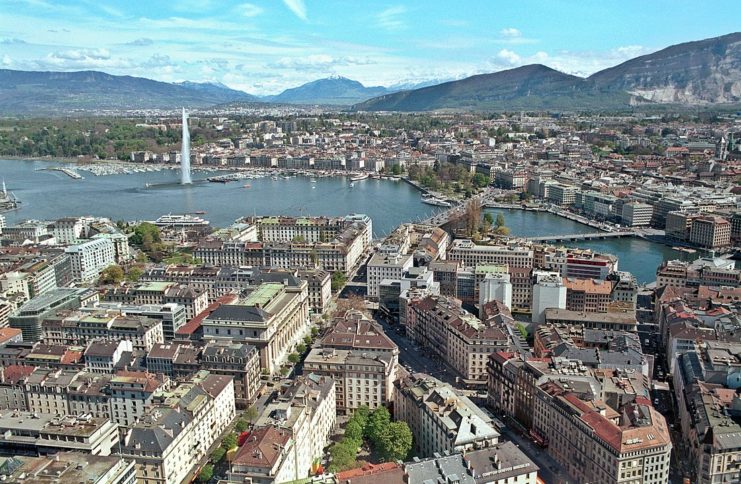
Switzerland’s position of neutrality during World War II wasn’t a new stance. The roots of the country’s commitment to neutrality stretch back to the 16th century and the Battle of Marignano. After the Swiss Army’s defeat to the French in September 1515, a deliberate decision was made to avoid joining in future conflicts, prioritizing self-preservation.
Despite this longstanding dedication to neutrality, Switzerland encountered challenges to its position over the centuries, mainly due to the actions of other nations.
Formally declaring neutrality during the Congress of Vienna in 1815, Switzerland upheld this principle during World War I by refraining from direct military engagement. Nonetheless, the nation provided asylum to refugees and activated its armed forces. Internal tensions among the French-, Italian-, and German-speaking communities also emerged.
Following WWI, the League of Nations, established by the victorious powers, recognized and respected Switzerland’s neutrality, establishing its headquarters in Geneva.
A promise from Germany, to Switzerland
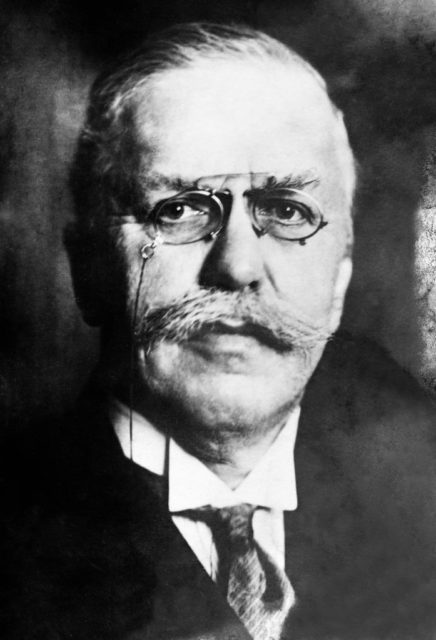
Switzerland’s neutrality seemed secure during the meteoric rise of the Führer, who assured them their status would be respected. In a February 1937 meeting, he went so far as to tell Swiss official Edmund Schulthess that Germany would not invade the European nation. However, his promises were about as reliable as a house of cards. Throughout the conflict, Germany swiftly seized neighboring countries- Denmark, Luxembourg, the Netherlands, Poland, Norway and Belgium all under their control.
Well aware of Germany’s ruthless tactics, Switzerland opted for caution and mobilized its military. At its peak, this force swelled to an impressive 850,000 soldiers, all placed under the command of Henri Guisan, a seasoned veteran with an unmatched career in the Swiss Armed Forces.
Guisan spearheaded the National Redoubt strategy, a defensive plan that envisioned deploying three mountain brigades and eight infantry divisions. These troops honed their skills through rigorous training that mirrored the brutal battles raging across Europe. The plan, in the event of an invasion, was for the Swiss government to relocate to the Alps, preserving both territory and political authority.
The planning of Operation Tannenbaum
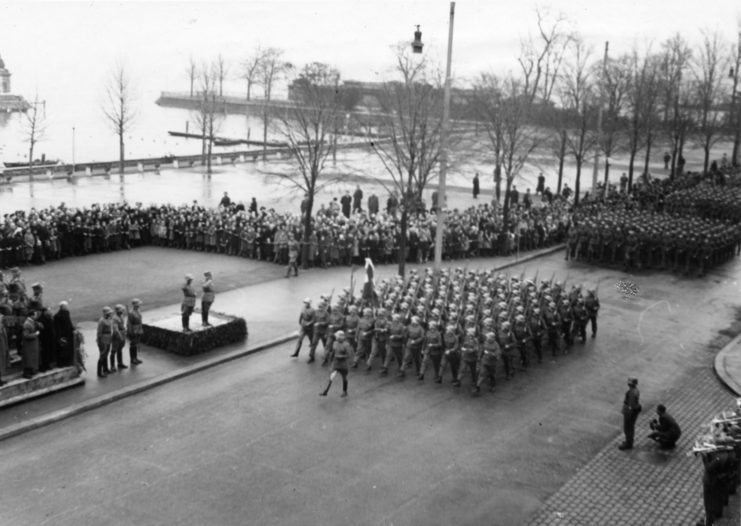
Despite the Führer’s assurances to Switzerland, the nation firmly upheld its commitment to complete neutrality. This defiance angered the German government, leading to plans for a potential invasion.
The Führer, with disdain, told Italian Prime Minister Benito Mussolini, “Switzerland possesses the most disgusting and miserable people and political system. The Swiss are the mortal enemies of the new Germany.”
The plan was given the codename Operation Tannenbaum. According to the plan, a segment of the Wehrmacht, stationed in Central France with two million soldiers, was to advance toward Switzerland. Italian involvement was also part of the strategy. While the German forces aimed at seizing control of Geneva and Lucerne, the Italian Army would invade the Alps, with both countries dividing Switzerland between them.
Given the substantial military strength involved, Italy and Germany could have easily occupied Switzerland. However, for reasons that remain unclear, Operation Tannenbaum was never implemented.
Why didn’t the Germans move forward with Operation Tannenbaum?
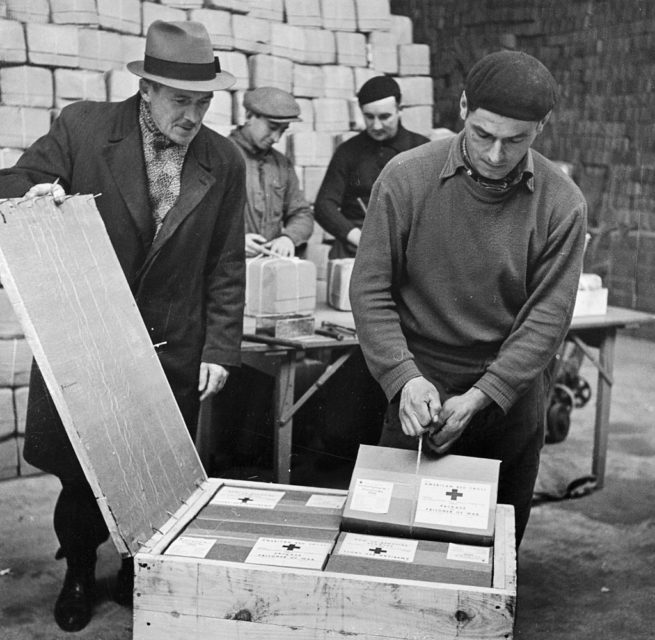
Germany’s defeat in World War II, along with the Führer‘s death, eliminated any chance to understand the reasons behind the abandonment of Operation Tannenbaum. Consequently, historians have relied on theories to explain this decision.
The first theory proposes that despite Switzerland’s smaller military, it was well-prepared to mount a strong defense. Investments in weapons had given Switzerland one of the most advanced arsenals of the time. The country’s geographical features, including its landlocked borders, lack of navigable waterways, and rugged mountainous terrain—ideal for skiing but challenging for military operations—made occupation less than appealing.
Switzerland remains neutral to this day
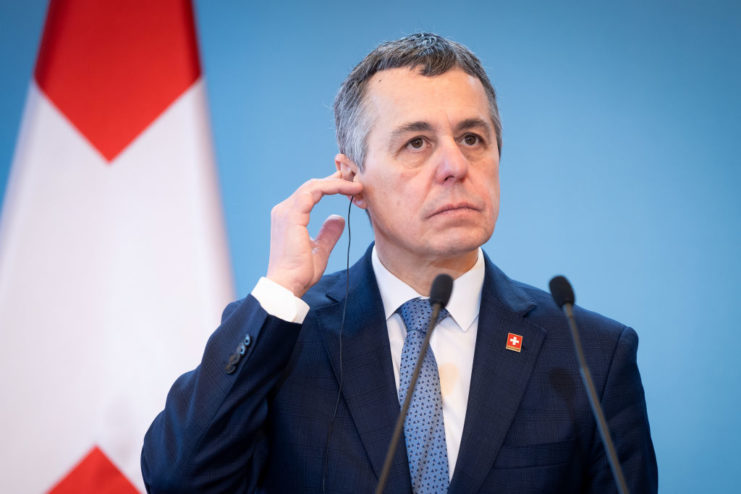
Despite the challenges, Switzerland managed to stay neutral during the whole of the Second World War. Since then, the country has largely stayed out of major conflicts, with the exception of the War in Afghanistan. This was the first time Switzerland engaged in combat since 1815. Additionally, during the War in Iraq, Swiss officials allowed American forces to use Swiss airspace for surveillance missions.
Want War History Online‘s content sent directly to your inbox? Sign up for our newsletter here!
In 2022, then-President Ignazio Cassis outlined Switzerland’s position, stating that the country’s values consist of “no participation in wars; international cooperation but no membership in any military alliance; no provision of troops or weapons to warring parties and no granting of transition rights.”
